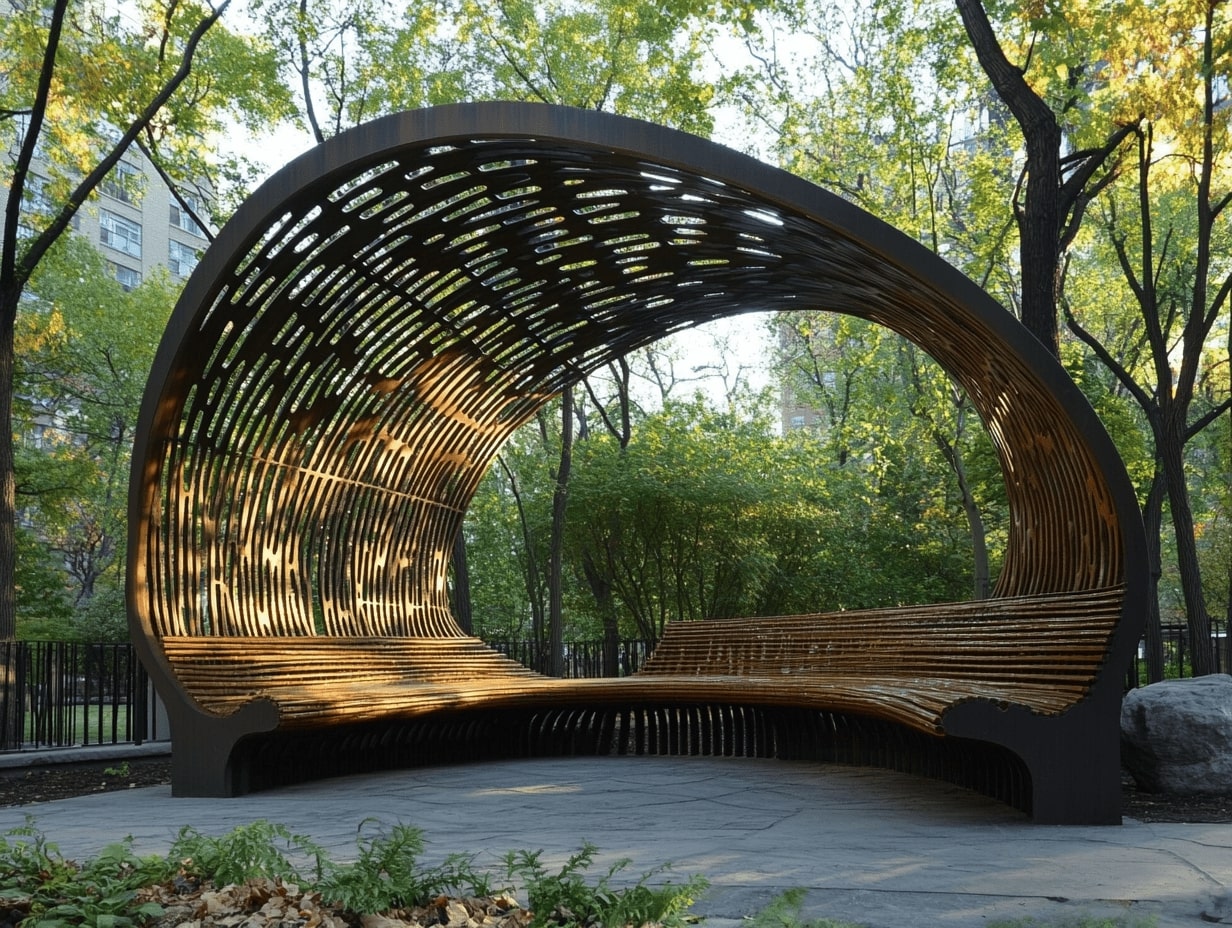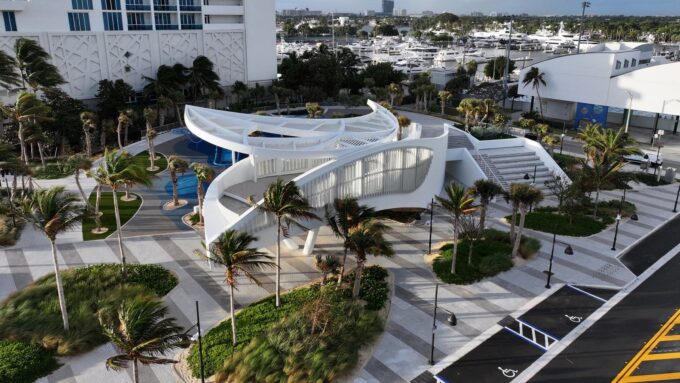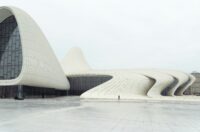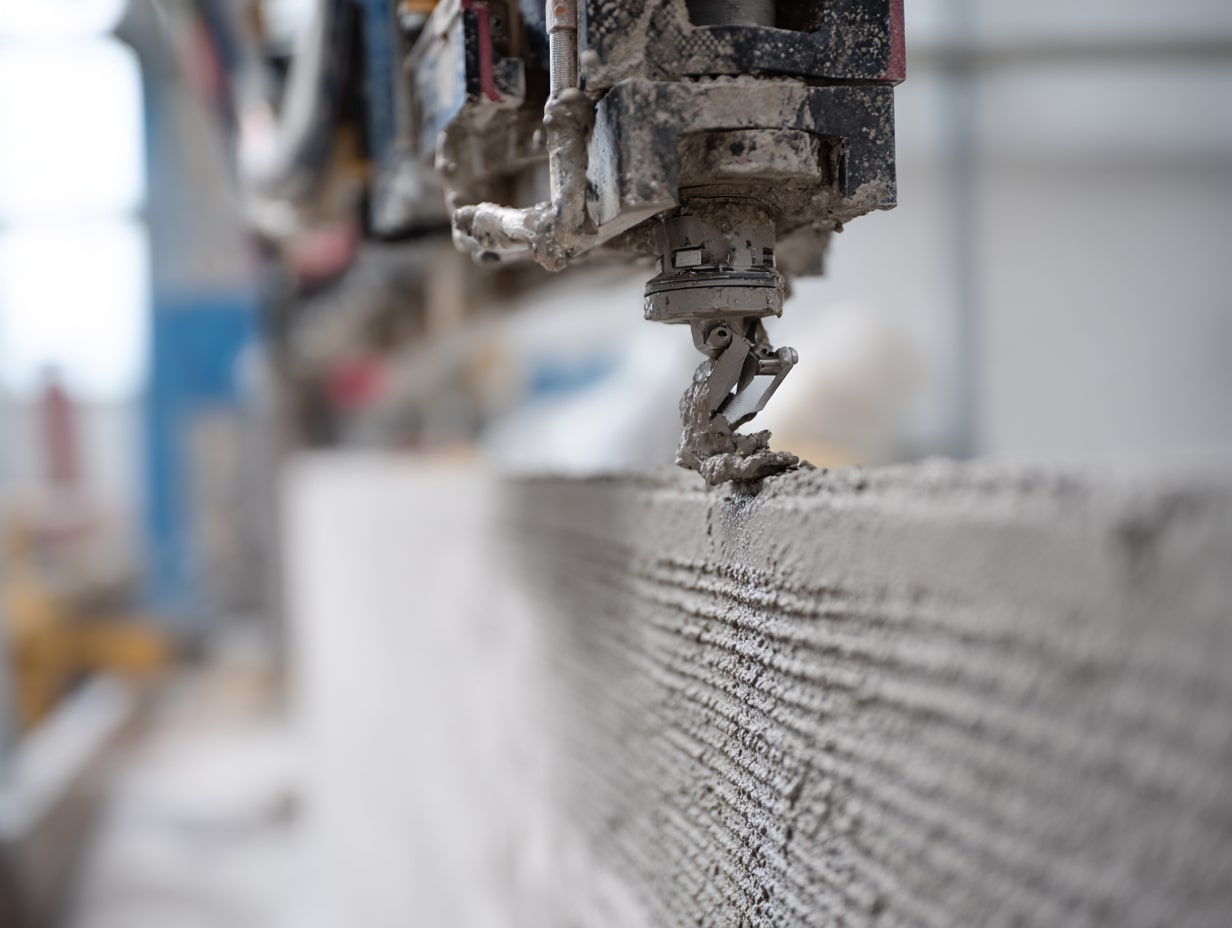- Home
- Articles
- Architectural Portfolio
- Architectral Presentation
- Inspirational Stories
- Architecture News
- Visualization
- BIM Industry
- Facade Design
- Parametric Design
- Career
- Landscape Architecture
- Construction
- Artificial Intelligence
- Sketching
- Design Softwares
- Diagrams
- Writing
- Architectural Tips
- Sustainability
- Courses
- Concept
- Technology
- History & Heritage
- Future of Architecture
- Guides & How-To
- Art & Culture
- Projects
- Interior Design
- Competitions
- Jobs
- Store
- Tools
- More
- Home
- Articles
- Architectural Portfolio
- Architectral Presentation
- Inspirational Stories
- Architecture News
- Visualization
- BIM Industry
- Facade Design
- Parametric Design
- Career
- Landscape Architecture
- Construction
- Artificial Intelligence
- Sketching
- Design Softwares
- Diagrams
- Writing
- Architectural Tips
- Sustainability
- Courses
- Concept
- Technology
- History & Heritage
- Future of Architecture
- Guides & How-To
- Art & Culture
- Projects
- Interior Design
- Competitions
- Jobs
- Store
- Tools
- More
Community Spaces: A Changed Perspective on Connection and Collaboration
Explore the evolving role of community spaces in our modern society! This article highlights their transformation into vibrant hubs for connection, creativity, and collaboration. Discover how these inclusive areas foster social interaction, boost well-being, and address urban challenges.

In recent years, community spaces have taken on a whole new meaning. As we navigate through changing social dynamics and urban landscapes, these spaces are evolving into vital hubs for connection and collaboration. They’re no longer just parks or community centers; they’re places where creativity flourishes and diverse voices come together.
We’ve witnessed firsthand how these transformed environments foster inclusivity and engagement. Whether it’s a revitalized park or a repurposed building, community spaces now serve as platforms for innovation and social change. As we explore this shift, we’ll uncover how these spaces reflect our collective values and aspirations, shaping a brighter future for everyone involved.

Table of Contents
ToggleUnderstanding Community Spaces
Community spaces represent physical environments that cultivate social interaction and connection. They include parks, community centers, shared gardens, and repurposed buildings that serve the public’s needs.

Definition of Community Spaces
Community spaces are areas designed for public use that encourage social engagement, collaboration, and cultural exchange. These places can be open-air amenities, like parks and playgrounds, or enclosed venues, such as libraries and event halls. They foster inclusivity by catering to diverse groups, allowing all individuals to participate in community life.
Importance of Community Spaces
Community spaces play a vital role in enhancing social cohesion and community well-being. They provide:
- Opportunity for Engagement: They host events and activities that connect individuals, fostering relationships among residents.
- Access to Services: They offer essential services like education, health, and recreational activities, promoting community health and literacy.
- Cultural Expression: They serve as venues for art, music, and cultural activities, showcasing local talents and traditions.
- Environmental Benefits: They promote green spaces, contributing to urban sustainability and providing habitats for wildlife.
- Economic Opportunities: They support local businesses by attracting visitors and encouraging economic growth through community events.
Investing in community spaces leads to improved quality of life and strengthens the fabric of our communities.
Evolving Perspectives on Community Spaces
Community spaces continue to transform, reflecting the changing dynamics of society. These venues not only serve as gathering points but also drive positive social change and community development.

Historical Context
Historical perspectives reveal that community spaces originated as basic gathering areas, such as town squares and local markets. These early environments facilitated essential interactions among residents, fostering social ties and local economies. Over time, industrialization and urbanization diminished the focus on communal interaction, leading to a decline in public engagement. The rediscovery of these spaces in recent decades emphasizes their necessity in bolstering community identity and social cohesion.
Modern-Day Relevance
Modern community spaces play crucial roles in fostering collaboration and inclusivity. We recognize their significance in combating isolation and promoting well-being, especially in urban areas where physical separation may occur. Parks, community centers, and cultural venues cater to diverse populations, creating opportunities for participation in activities spanning from arts and education to health and wellness initiatives. By addressing current societal challenges, such as mental health and environmental concerns, these spaces empower communities to connect and thrive together.
Benefits of Community Spaces
Community spaces offer numerous advantages that strengthen our social fabric. They act as hubs for interaction, collaboration, and cultural exchange, fostering engagement and well-being across diverse populations.

Fostering Community Engagement
Community spaces provide platforms for residents to engage in various activities, from workshops to social gatherings. They encourage participation in local events, enhancing our sense of belonging. Active involvement in these spaces increases community pride and strengthens our collective identity. Notably, research indicates that engagement in community activities improves mental health and social connections, allowing us to build supportive networks.
Encouraging Inclusivity and Diversity
Community spaces are designed to be accessible and welcoming to all. They promote inclusivity by hosting activities that cater to various cultural, age, and interest groups. Such environments encourage dialogue and understanding among residents, breaking down barriers and fostering mutual respect. By celebrating diverse cultural expressions, we create opportunities for collaboration, enriching the community’s overall experience. Accessible public areas ensure that everyone, regardless of background, can participate and contribute to our vibrant community life.
Challenges Faced by Community Spaces
Community spaces encounter several challenges that can hinder their efficacy and accessibility. We recognize key issues such as urban development pressures and ongoing maintenance and funding struggles that require our attention.

Urban Development and Gentrification
Urban development often leads to gentrification, which can displace long-term residents and alter the character of neighborhoods. We observe that as property values rise, small businesses may close, making it difficult for community spaces to sustain their relevance. While new developments can add amenities, they sometimes prioritize profit over the needs of existing communities. This shift can undermine the inclusiveness and accessibility that community spaces strive to provide, highlighting the importance of developing policies that prioritize community input and equitable growth.
Maintenance and Funding Issues
Maintaining community spaces presents ongoing challenges, particularly regarding funding. We find that insufficient resources often result in deteriorating facilities, limiting the range of activities offered. Local governments and organizations may struggle to allocate adequate budgets for upkeep. Reliance on donations and grants can lead to inconsistent financial support. We emphasize the need for sustainable funding models that ensure community spaces remain well-maintained and accessible for all residents. Investing in maintenance not only preserves these vital hubs but also strengthens community ties and encourages continuous engagement.
Innovative Examples of Community Spaces
Community spaces are evolving globally, showcasing innovative designs and concepts that prioritize inclusivity and engagement. These examples illustrate how community engagement can transform environments into vibrant hubs.

Successful Case Studies
- The High Line, New York City
The High Line exemplifies a successful transformation of an elevated railway into a public park. It integrates green spaces with art installations, attracting over 8 million visitors annually. This redesign fosters community engagement and wildlife restoration in an urban environment.
- The Community Center for the Arts, Portland
The Community Center for the Arts offers workshops and programs for diverse age groups, promoting creativity and cultural expression. With spaces for music, visual arts, and community events, it has strengthened neighborhood ties and supported local artists.
- Southbank Centre, London
The Southbank Centre serves as a cultural hub featuring art galleries, concert venues, and restaurants. It regularly hosts community events that encourage participation and dialogue among residents, enhancing the cultural landscape of London.
Community-Driven Initiatives
- Community Gardens
Community gardens facilitate local food production and foster collaboration among residents. These gardens serve as spaces for education on sustainability, nutrition, and gardening techniques, empowering individuals to take charge of their food sources.
- Pop-Up Events
Pop-up events, such as markets and festivals, activate underutilized public spaces. These short-term gatherings promote local businesses and create opportunities for community networking, enhancing the vibrancy of neighborhoods.
- Youth Leadership Programs
Youth leadership programs engage young people in the development and management of community spaces. These initiatives empower youth to voice their opinions, encouraging responsibility and enhancing civic engagement among younger generations.
These examples highlight the potential of community spaces to reshape our environments and foster deeper connections.
Conclusion
Community spaces play a pivotal role in enhancing social cohesion and engagement. They serve as vital hubs for connection, creativity, and collaboration among residents. These environments not only foster inclusivity but also address essential societal challenges, such as isolation and mental health. By providing platforms for diverse activities, community spaces allow individuals of all ages and backgrounds to participate in shaping their neighborhoods.
Investing in community spaces translates into improved quality of life. Access to well-maintained and inclusive environments strengthens community ties and encourages ongoing interaction. Yet, we recognize the challenges, such as urban development pressures and funding limitations, that can threaten the longevity of these spaces. Sustainable funding models and community involvement in decision-making remain essential for ensuring their accessibility and effectiveness.
Innovative examples worldwide illustrate the transformative power of community spaces. Hubs like the High Line in New York and the Community Center for the Arts in Portland highlight how successful initiatives can galvanize community spirit and promote collaboration. As we navigate the evolving landscape of community spaces, it’s crucial to prioritize their role in our collective future. Empowering residents to engage, contribute, and thrive together lies at the heart of revitalizing these essential environments.
- architecture for connection
- collaborative design
- collaborative environments
- community design
- Community Spaces
- community-building design
- community-driven architecture
- designing for connection
- designing for engagement
- human-centered spaces
- inclusive spaces
- place-making
- public interaction spaces
- Public Spaces
- shared spaces
- social architecture
- social interaction
- social spaces design
- space for collaboration
- urban community spaces
Submit your architectural projects
Follow these steps for submission your project. Submission FormLatest Posts
3D Printed Homes: Time, Cost, and What to Expect
3D printed homes explained: realistic timelines (24–72h walls, 8–16 weeks total), true...
How a Contact Centre Boosts Trust in Your Building Business
In construction, trust is the glue that holds projects together. Clients need...
How Real Time Parcel Geolocation Is Redefining Last Mile Efficiency for Modern Businesses
Last mile delivery has become the most critical point in the customer...
How Can Small Spaces Stay Stylish and Relaxing?
In today’s fast-paced urban lifestyle, small living spaces are becoming increasingly common....












Leave a comment